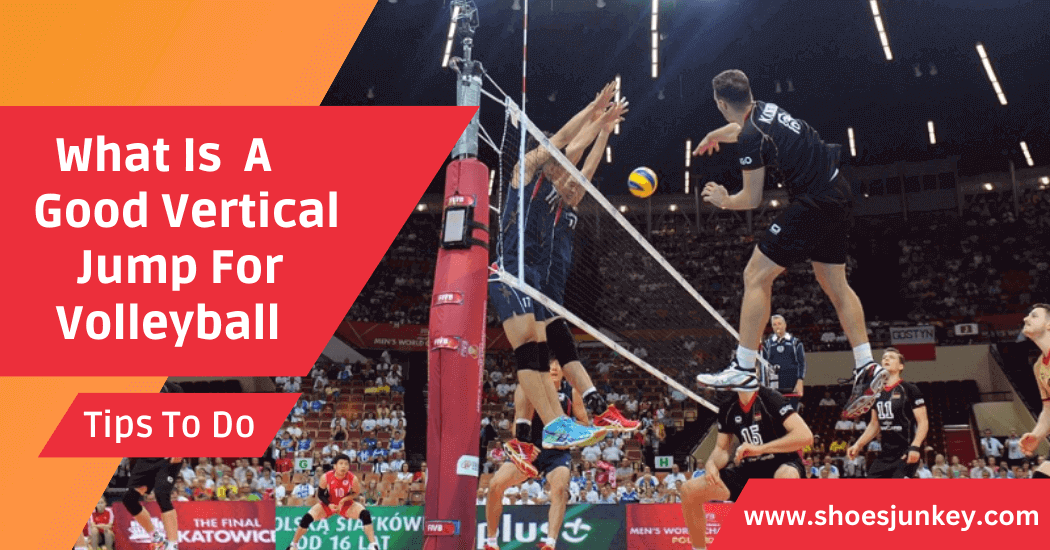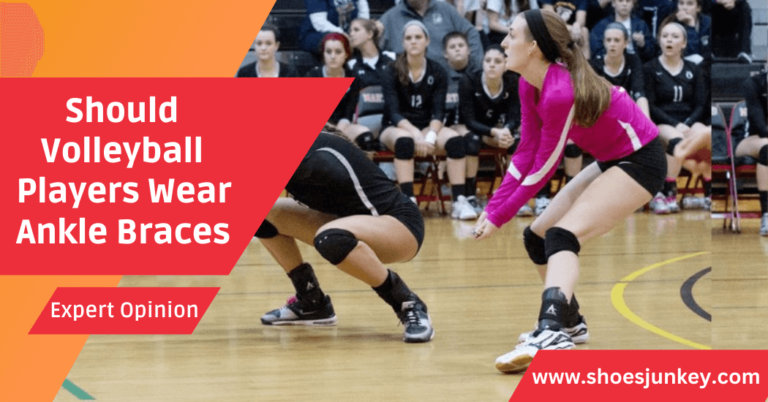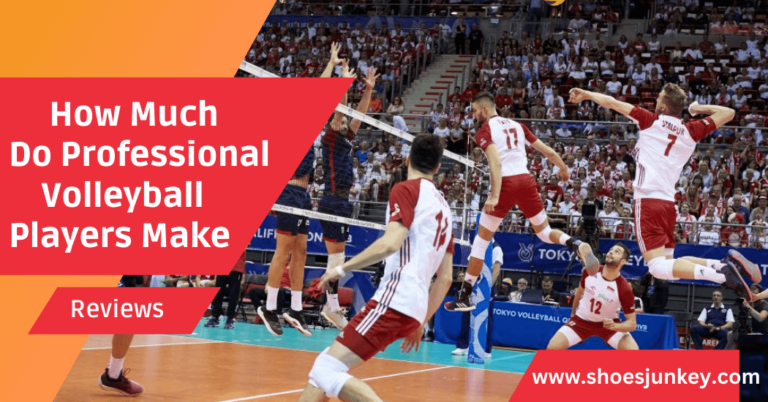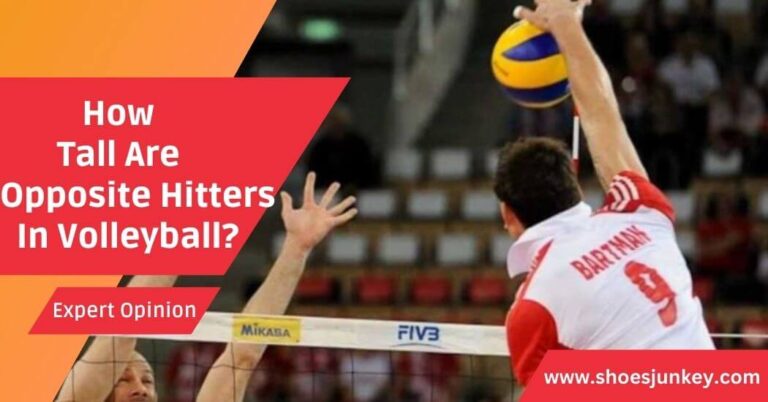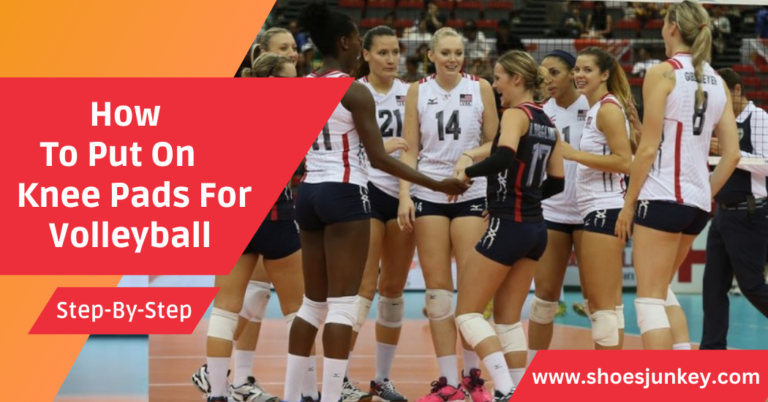What Is A Good Vertical Jump For Volleyball?
In a high-intensity sport like volleyball, players’ physical abilities, technique and mental prowess play essential roles in their overall performance. Among these attributes, one of the most critical aspects is the vertical jump.
In this article, we dive into the details of a vertical jump, how it affects volleyball performance and what constitutes a good vertical jump height.
Understanding Vertical Jump in Volleyball
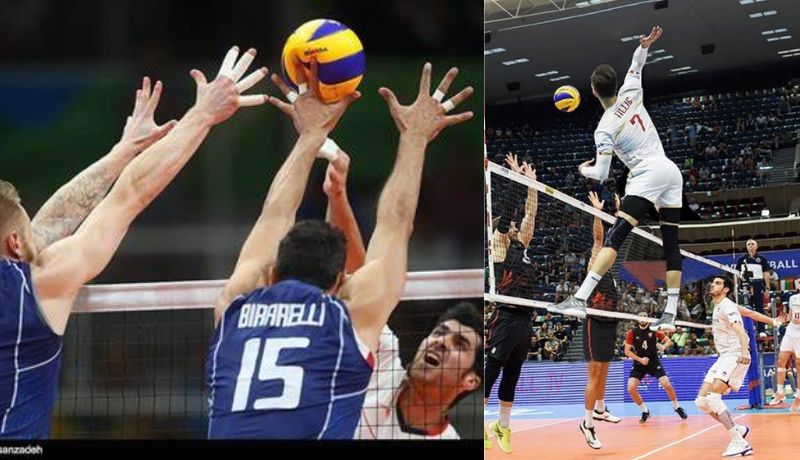
A vertical jump is an athlete’s ability to elevate their body upwards, perpendicular to the ground, solely using their leg strength. In volleyball, this skill is vital for performing various techniques, such as spiking, blocking and defending against opponents’ attacks. The higher the jump, the more advantage a player has in reaching or hitting the ball over the net.
Approach Jump vs. Block Jump
Vertical jumping in volleyball is a combination of muscle strength, power and coordination; its biomechanics generally involve the movement pattern of hip, knee and ankle extension. Spiking or blocking a ball in volleyball requires a player to leap and propel their body upwards using these coordinated movements.
There are two distinct types of jumps in volleyball—the approach jump and the block jump. An approach jump is a running jump used for spiking the ball, while a block jump is a standing jump from both feet simultaneously, executed for blocking opponents’ attacks.
What Is a Good Vertical Jump for Volleyball Players?
The definition of a “good” vertical jump can vary significantly depending upon the level of play and the player’s position. However, as a general rule, a vertical jump height of around 30 inches (76 cm) is considered decent for male athletes and around 24 inches (60 cm) is considered decent for female athletes in competitive volleyball.
Elite male volleyball players can often achieve vertical jumps of over 40 inches (101 cm), while top-level female athletes can exceed 30 inches (76 cm). It’s important to remember that these figures are just averages and a player’s ability to use their jump effectively in game situations is just as important as the raw height of the jump.
Factors Influencing a Good Vertical Jump for Volleyball Players
There are several factors involved in achieving a good vertical jump in volleyball, including physical, technical, mental and training aspects.

Physical Factors
Physical factors that influence a player’s vertical jump include their overall strength, flexibility, body composition and genetic predispositions. The strength and power of the leg and core muscles are particularly crucial in determining the height of the jump. Flexibility, especially in the hip, knee and ankle joints, allows for a full range of motion which can contribute to a higher vertical leap. Additionally, a player with a lean body composition may have an advantage as carrying less body fat can make it easier to lift one’s body weight off the ground.
Technical Factors
Technical factors involve the correct execution of jumping and landing techniques. This includes proper positioning, timing and coordination of arm swing and leg push-off. Moreover, the ability to convert horizontal velocity from the approach into vertical height during the jump is a critical technical skill in volleyball.
Mental Factors
Mental factors, such as determination, focus and confidence, can significantly impact a player’s performance. A determined and focused player is likely to persist in training and improving their jumping skills.
Training Aspects
Consistent and targeted training is vital to improve vertical jumping ability. Plyometric exercises, weight training and jump-specific drills can enhance muscle power and jumping technique. Additionally, adequate recovery and nutrition play a significant role in muscle development and overall athletic performance.
Comparing the Good Vertical Jump Heights for Different Volleyball Players

Discovering the “good jump height” for volleyball players depends on factors such as the player’s position, level of competition and physique.
| Level of Play | Average Vertical Jump Height |
| Beginners | 16-20 inches |
| Amateurs | 20-28 inches |
| Professionals | 30-40 inches |
These figures may differ based on position-specific considerations. For instance, setters might need a lower jump height compared to spikers and blockers. Different leagues and competition levels might also demand varying jump heights from their players.
Tips for Improving Vertical Jump
To enhance your vertical jump, consider incorporating the following strategies into your training:
- Strength Training: Incorporate lower body strength training into your regimen. Exercises targeting the quads, hamstrings and calf muscles can significantly boost your jumping power. Squats, lunges and deadlifts are particularly beneficial.
- Plyometric Training: Plyometrics are explosive, high-intensity exercises that help improve power and speed. Box jumps, jump squats and plyometric push-ups can enhance the muscles’ fast-twitch fibers, improving your vertical leap.
- Flexibility Exercises: Greater flexibility can contribute to a higher jump. Stretch regularly to ensure you maintain a full range of motion in your hips, knees and ankles.
- Core Strengthening: A strong core can aid in balancing and stabilizing your body during the jump. Include exercises like planks, Russian twists and leg raises in your workout routine.
- Practice Jumping: The best way to get better at jumping is simply to jump more. Practice both standing vertical jumps and approach jumps—both are used in volleyball.
- Proper Nutrition and Hydration: Efficient fueling of your body through balanced nutrition and ample hydration plays a crucial role in performance and recovery.
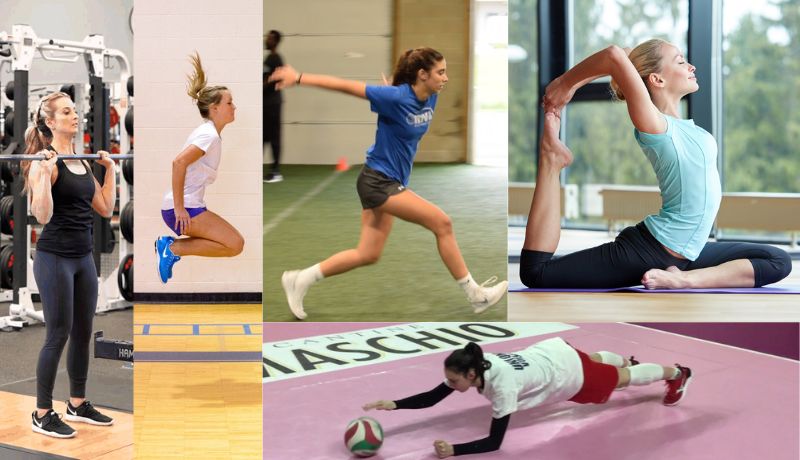
Remember, it’s essential to be consistent and patient with your training. Improvements in vertical jump won’t happen overnight—it requires a continued commitment to training. But with dedication and the right techniques, you can achieve a higher vertical jump height and improve your overall performance on the court. So keep working hard and have fun playing volleyball!
Conclusion:
The vertical jump is a powerful move that can take your game to the next level. It requires a lot of practice but can give any volleyball player an edge in the court. With the right training, nutrition and some serious dedication, anyone has the potential to increase their vertical jump height and reach competitive heights for their level.
To truly be an elite volleyball player you should strive to have a good vertical jump regardless of your playing position, so get out there and work on those hops! Don’t forget to really focus on your landing after each jump, as this is a key part of making sure you don’t pick up any injuries in the process. Good luck on your Volleyball vertical jump journey and we hope this guide has been of help!

